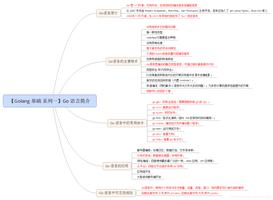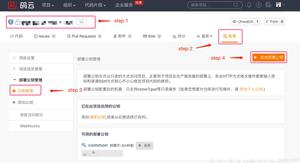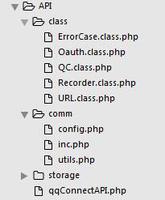python利用多种方式来统计词频(单词个数)
python的思维就是让我们用尽可能少的代码来解决问题。对于词频的统计,就代码层面而言,实现的方式也是有很多种的。之所以单独谈到统计词频这个问题,是因为它在统计和数据挖掘方面经常会用到,尤其是处理分类问题上。故在此做个简单的记录。
统计的材料如下:
document = [
'look', 'into', 'my', 'eyes', 'look', 'into', 'my', 'eyes',
'the', 'eyes', 'the', 'eyes', 'the', 'eyes', 'not', 'around', 'the',
'eyes', "don't", 'look', 'around', 'the', 'eyes', 'look', 'into',
'my', 'eyes', "you're", 'under']
直接使用dict来进行统计(遍历+循环)
word_count = {}
for word in document:
if word in word_count:
word_count[word] += 1
else:
word_count[word] = 1
更优雅的实现方式
#假如字典中不存在给定的键,则返回参数中提供的默认值;反之,则返回字典中保存的值。
for word in document:
previous_count = word_count.get(word, 0)
word_count[word] = previous_count + 1
#可以合并成一行
for word in document:
word_count[word] = word_count.setdefault(word, 0) + 1
使用defalutdict来实现
# 使用collections中的defalutdict来实现,defalutdict是一种值可以默认设置的dict
from collections import defaultdict
word_count = defaultdict(int)
for word in document:
word_count[word] += 1
使用Counter
word_counter = Counter(document)
Counter既然是一个计数器,那么它本身也就具有很多统计的方法。例如,最常见的词频统计的排序,可以获得前n个最高的词频。
# 返回前n个最高词频,以字典的形式
word_counter.most_common(n)
显然,使用defalutdict和Counter代码最简洁,更能符合python开发之道。
以上是 python利用多种方式来统计词频(单词个数) 的全部内容, 来源链接: utcz.com/z/323792.html






